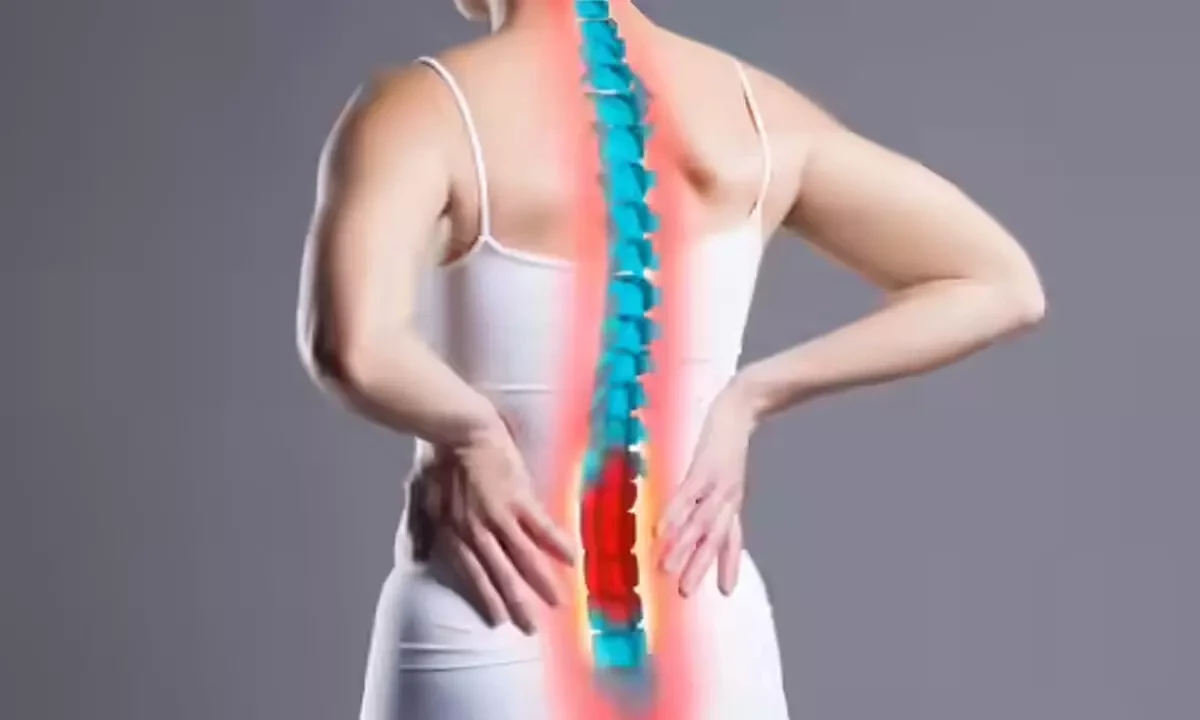Once a complaint of old age, back pain has now become the new face of modern India’s health crisis. As lifestyles turn increasingly sedentary and work shifts to screens, the nation is witnessing a sharp rise in spinal disorders across young professionals.
What was once occasional discomfort has evolved into a silent epidemic affecting mobility, productivity, and overall quality of life
Backpain has quietly become one of India’s most widespread health challenges. The Global Burden of Disease Study (2024) ranks low back pain as the leading cause of disability-adjusted life years in India-surpassing even heart disease. According to the Indian Orthopaedic Association, nearly 70% of adults in urban areas suffer from recurring back or neck pain, double the rate from two decades ago. Alarmingly, 40% of these patients are under 40.
The Modern Lifestyle Trigger
India’s rapid economic transformation has reshaped movement and work habits. Over half of all urban jobs now involve computer-based or desk-bound tasks. The average office worker spends around nine hours seated daily, often with poor posture and minimal lumbar support. Combined with long commutes, low physical activity, and poor ergonomic awareness, these habits have created the ideal conditions for early spinal degeneration. Because symptoms develop gradually, most people ignore the signs until mobility starts to decline.
Early Warning Signs of Spinal Strain
1. Tingling or Numbness:
Mild tingling in the hands, fingers, or feet is often the first indicator of nerve compression from spinal strain. Prolonged sitting and repetitive typing can cause micro-compression of cervical or lumbar nerves. Physiotherapy, posture correction, and workstation redesign at this stage can reverse symptoms within weeks.
2. Weakness or Reduced Grip Strength:
Difficulty holding objects or wrist fatigue often stems from cervical disc degeneration compressing nerve roots. Studies (Indian Orthopaedic Association, 2023) show that patients who start rehabilitation within six weeks regain full strength in over 80% of cases, while those who delay treatment recover only partially.
3. Recurrent Muscle Cramps:
Often mistaken for dehydration or mineral deficiency, night-time cramps can indicate nerve hyperactivity caused by spinal irritation. The National Institute of Occupational Health reports that one in five Indian industrial workers experiences muscle cramps linked to spinal strain. Regular stretching, hydration, and posture changes can prevent chronic stiffness.
4. Heaviness and Fatigue in Limbs:
A feeling of heaviness in the arms or legs after minimal activity suggests reduced blood flow and disrupted nerve signals. Research from AIIMS Delhi (2024) found that early decompression therapy accelerates recovery by nearly 40% compared to delayed treatment.
5. Radiating Pain:
Pain that travels from the neck to the arm or from the lower back down the leg indicates radiculopathy, often misdiagnosed as muscular pain. Persistent radiation lasting beyond two weeks warrants spinal imaging and physiotherapy to prevent chronic sciatica or cervical radiculopathy.
6. Loss of Balance:
Unsteady movement or frequent stumbling can signal spinal cord compression. Occupational audits in Bengaluru and Hyderabad show over one-third of professionals experience transient imbalance during high workload periods. Early postural training and therapy can restore coordination.
7. Stiffness and Restricted Motion:
Morning stiffness points to early inflammation and joint degeneration. The National Musculoskeletal Survey (2023) found that 62% of adults with this symptom were between 25 and 40 years old. Correct posture, stretching, and ergonomic seating can prevent progression.
The National Impact
Spinal disorders have major economic and health costs. The Indian Council of Medical Research estimates over 20 million lost workdays annually due to spinal disease, making it one of the top causes of productivity loss. Yet only one in three chronic back pain sufferers seeks medical care, relying instead on home remedies or painkillers. In rural regions, limited access to physiotherapy and imaging worsens outcomes.
Kerala and Gujarat have shown positive results with workplace wellness programs that include ergonomic redesign and musculoskeletal screening, significantly reducing absenteeism and disability claims. These examples highlight that prevention and early care are far more effective than delayed intervention.
Protecting Mobility Through Prevention
Safeguarding spinal health requires the same urgency India gives to heart and metabolic health. Movement, not medication, is the first line of defence. Simple steps-standing every hour, aligning screens to eye level, using proper chairs, and strengthening core muscles-can prevent most spinal degeneration. Balanced nutrition, hydration, and adequate calcium and vitamin D further enhance bone and joint resilience.
The aim of early recognition is not merely to ease pain but to preserve lifelong mobility.
The spine supports every action-from sitting and lifting to balance and coordination. Once degeneration begins, recovery becomes slower and costlier. Recognising early signs and acting promptly can mean the difference between reversible strain and lasting disability.
